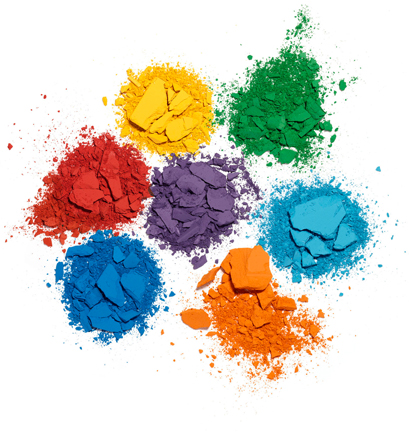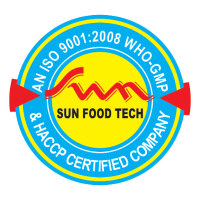Lake Food Colors: A Splash of Science in What We Eat
Lakes are known for their vibrant and ever-changing hues—shades of turquoise, deep blue, green, and even reddish or milky white. But did you know these colors have inspired a class of color additives in the food world called lake colors?
🎨 What Are Lake Colors?
Lake food colors, often just called lake colors, are synthetic pigments made by combining dyes with insoluble substances like aluminum salts. Unlike water-soluble dyes, lake colors are fat-dispersible, which makes them ideal for coloring products like:
-
Candy coatings
-
Baked goods
-
Lipsticks and cosmetics
-
Pharmaceuticals
-
Snack foods
Lake colors provide vibrant, stable color without dissolving, meaning they stay put in oily or dry products—perfect for foods that need long-lasting visual appeal.
🧪 How Are Lake Colors Made?
Lake colors start as water-soluble dyes, such as FD&C Red No. 40 or Yellow No. 5. These dyes are then chemically treated and combined with substrates like alumina hydrate to form insoluble pigments.
The process “locks” the color into a compound that won’t bleed or run when exposed to moisture or oils. This is especially helpful for products like:
-
Hard candy shells (like M&M’s)
-
Frostings and icings
-
Chewing gum
-
Dry mixes and powdered drink products
🌈 Why Use Lake Colors Instead of Natural Colors?
Natural food colors, while popular, sometimes have limitations:
-
Instability: Many natural colors fade with heat, light, or pH changes.
-
Limited color range: Achieving bright, consistent blues, purples, and greens is challenging.
-
Shorter shelf life: Natural pigments degrade faster than synthetic ones.
Lake colors, on the other hand, are:
-
Highly stable
-
Cost-effective
-
Bright and consistent
-
Widely available in many shades




Comments